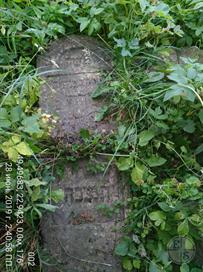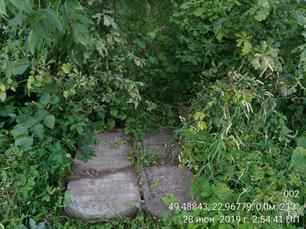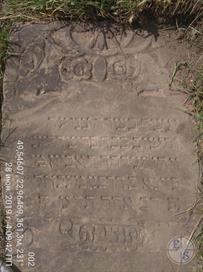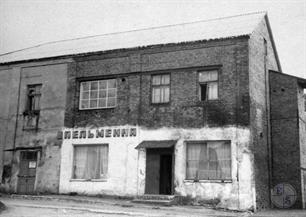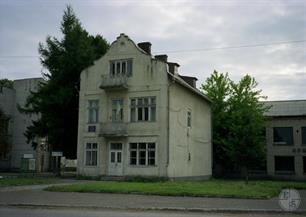Skelivka (Felshtyn)
Sambir district, Lviv region
Sources:
- Jewish Cemeteries Initiative. Skelivka Old Jewish Cemetery
Photo:
- Benjamin Lukin, Center for Jewish art. Skelivka (Felsztyn, Felshtyn, Skelevka)
- Jewish Cemeteries Initiative
- Jewish Cemeteries Initiative. Skelivka Old Jewish Cemetery
Photo:
- Benjamin Lukin, Center for Jewish art. Skelivka (Felsztyn, Felshtyn, Skelevka)
- Jewish Cemeteries Initiative
The Jews began to settle down in Skelivka in the early 17th century. In 1880, 590 Jews were inhabitants of the village.
The Jews of Skelivka were involved in trading and crafting.
The local community became independent in the late 18th – early 19th century.
In the early 19th century, Aharon Itzhak (died in 1860) served as a rabbi.
At the turn of the 19th century, the Jewish population reached its peak of 690 (51,9% of the total population).
In the interwar period, the economic condition of the Jewish community declined.
In the summer of 1942, most of the local Jewish population was expelled to the Belzec death camp through the Sambir ghetto.
The Jews of Skelivka were involved in trading and crafting.
The local community became independent in the late 18th – early 19th century.
In the early 19th century, Aharon Itzhak (died in 1860) served as a rabbi.
At the turn of the 19th century, the Jewish population reached its peak of 690 (51,9% of the total population).
In the interwar period, the economic condition of the Jewish community declined.
In the summer of 1942, most of the local Jewish population was expelled to the Belzec death camp through the Sambir ghetto.
Felsztyn, as the settlement is called in Polish, was founded in 1374 by King Ludwik Węgierski, on lands granted by Duke Vladislaus II of Opole to the Herburtowie noble family, and received town privileges under the Magdeburg rights in 1380.
Additional privileges were granted to the town in 1488 by Kazimierz Jagiellończyk and in 1551 by Sigismund II Augustus. The name was historically variously spelled as Fulsztyn, Folsteyn, Felstin, Fullensteyn, Fulsthine and Fulstin (1593). Its name comes from the town of Bohusov in present day Czech Republic, until 1950 called Fulstejn in Czech, also belonging to the Herburt family. Another Felsztyn was founded in Podolia, known in Ukrainian as Hvardiiske.
In the interwar years, Felsztyn had a mixed population of Poles, Ukrainians and Jews.
After World War II, some Lemkos from Poland were moved to the renamed Skelivka.
Additional privileges were granted to the town in 1488 by Kazimierz Jagiellończyk and in 1551 by Sigismund II Augustus. The name was historically variously spelled as Fulsztyn, Folsteyn, Felstin, Fullensteyn, Fulsthine and Fulstin (1593). Its name comes from the town of Bohusov in present day Czech Republic, until 1950 called Fulstejn in Czech, also belonging to the Herburt family. Another Felsztyn was founded in Podolia, known in Ukrainian as Hvardiiske.
In the interwar years, Felsztyn had a mixed population of Poles, Ukrainians and Jews.
After World War II, some Lemkos from Poland were moved to the renamed Skelivka.

- Home
- Shtetls
- Vinnytsia region
- Volyn region
- Dnipro region
- Donetsk region
- Zhytomyr region
- Zakarpattia region
- Zaporizhzhia region
- Ivano-Frankivsk region
- Kyiv region
- Kropyvnytskyi region
- Luhansk region
- Lviv region
- Mykolayiv region
- Odessa region
- Poltava region
- Rivne region
- Sumy region
- Ternopil region
- Kharkiv region
- Kherson region
- Khmelnytskyi region
- Chernihiv region
- Chernivtsi region
- Cherkasy region
- Crimea
- Synagogues
- Cemeteries
- Objects & guides
- Old photos
- History
- Contact
Jewish towns of Ukraine
Jewish towns of Ukraine
My shtetl
My shtetl
Donate
